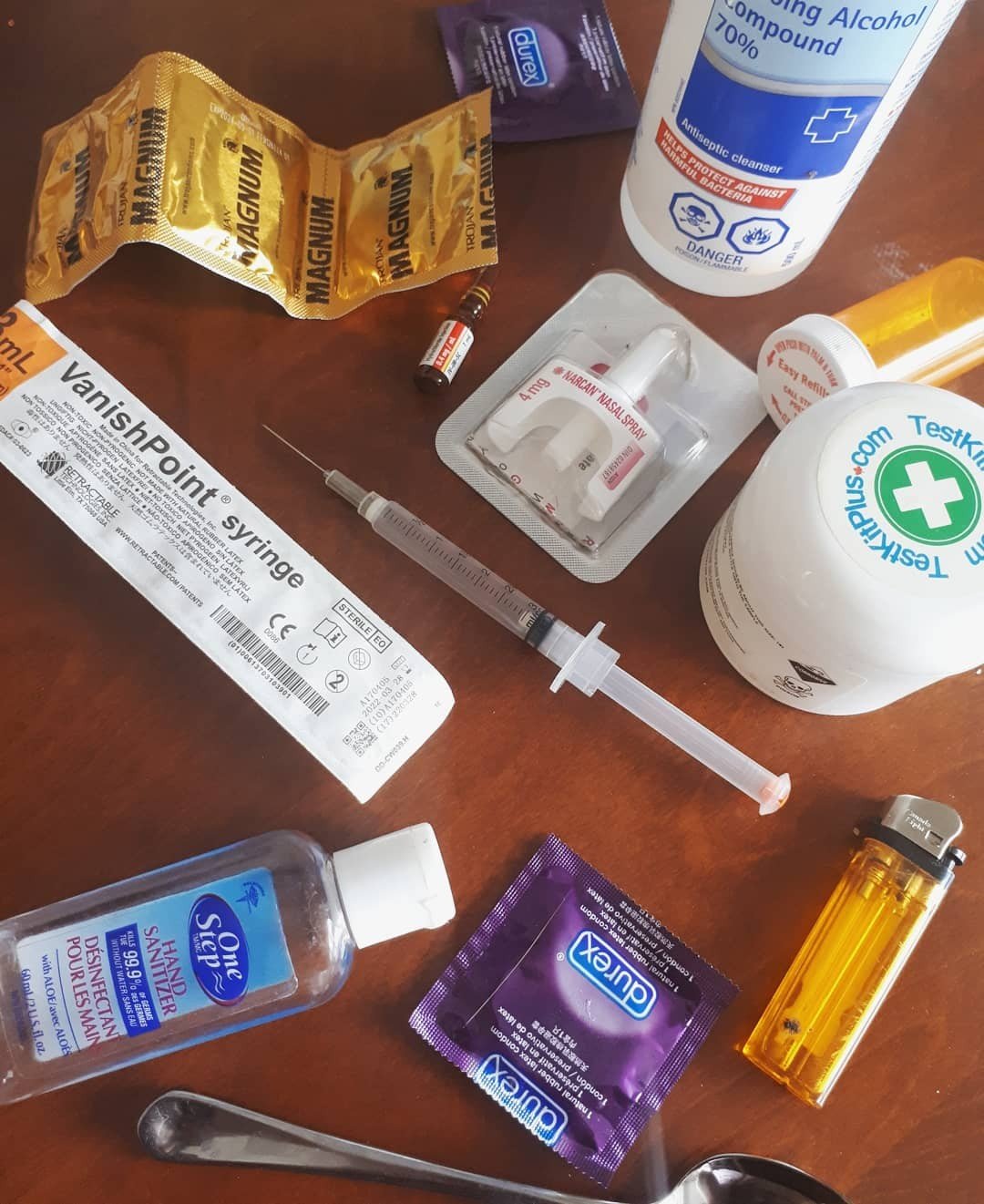
Hormone replacement therapy (often known by its acronym, HRT) is a medical treatment where the levels of sex hormones (testosterone, estrogen, and progesterone) are changed by using sex hormones and/or hormone blockers. HRTHormone replacement therapy is used for a variety of medical applications, ranging from relief of menopause symptoms, relief of andropause symptoms (andropause is kind of like the male version of menopause- cis mens’ testosterone levels decline with age, which can cause symptoms similar to menopause in cis women), and treating hormone sensitive cancers such as breast cancer and prostate cancer. However, this literature will focus on the use of hormone replacement therapy to treat gender dysphoria in transgender and non binary people.
Be sure to check the GLOSSARY at the end of the post if there are any words that are new to you!.
DISCLAIMER: THIS IS NOT MEDICAL ADVICE, AND THIS INFO IS NOT A SUBSTITUTE FOR A MEDICALLY SUPERVISED HRT REGIMEN.
This literature is based on information compiled from the lived experiences of trans people who are unable to access health care for hormonal transition, and decide to self-medicate HRT. Although the risks of HRT are very low when medically supervised, they are significantly higher when one is undergoing a DIY regimen. The information in this literature is only intended to provide a level of information that is slightly better than wild guessing for DIY HRT. The risks of DIY HRT cannot be eliminated or ruled out by following any of the info in this literature, and this is not intended to be information on how to administer DIY hormones safely. This is intended for the sake of getting information out there. Unfortunately, some online trans spaces ban discussion of things like recommended doses of hormones, which leaves people completely in the dark. Even though the risks of DIY HRT are alwaysstill present, it’s still better at the very least to know what dose ranges and what drugs are prescribed by doctors, rather than completely guessing what drugs and what doses to take. Continue reading →

